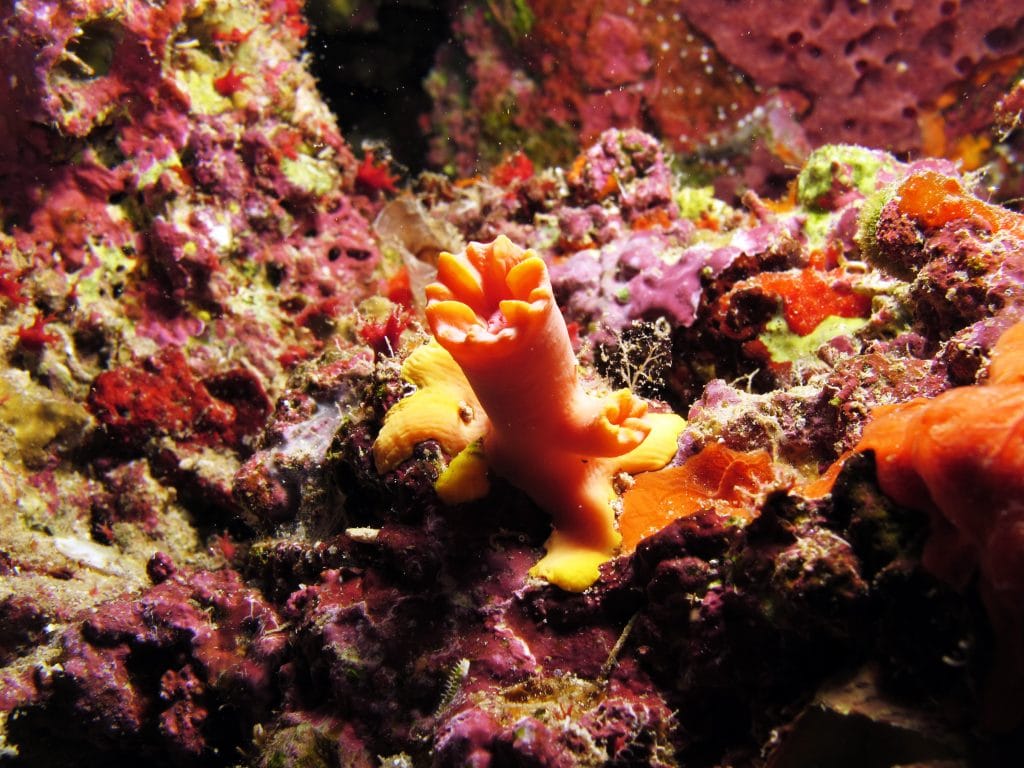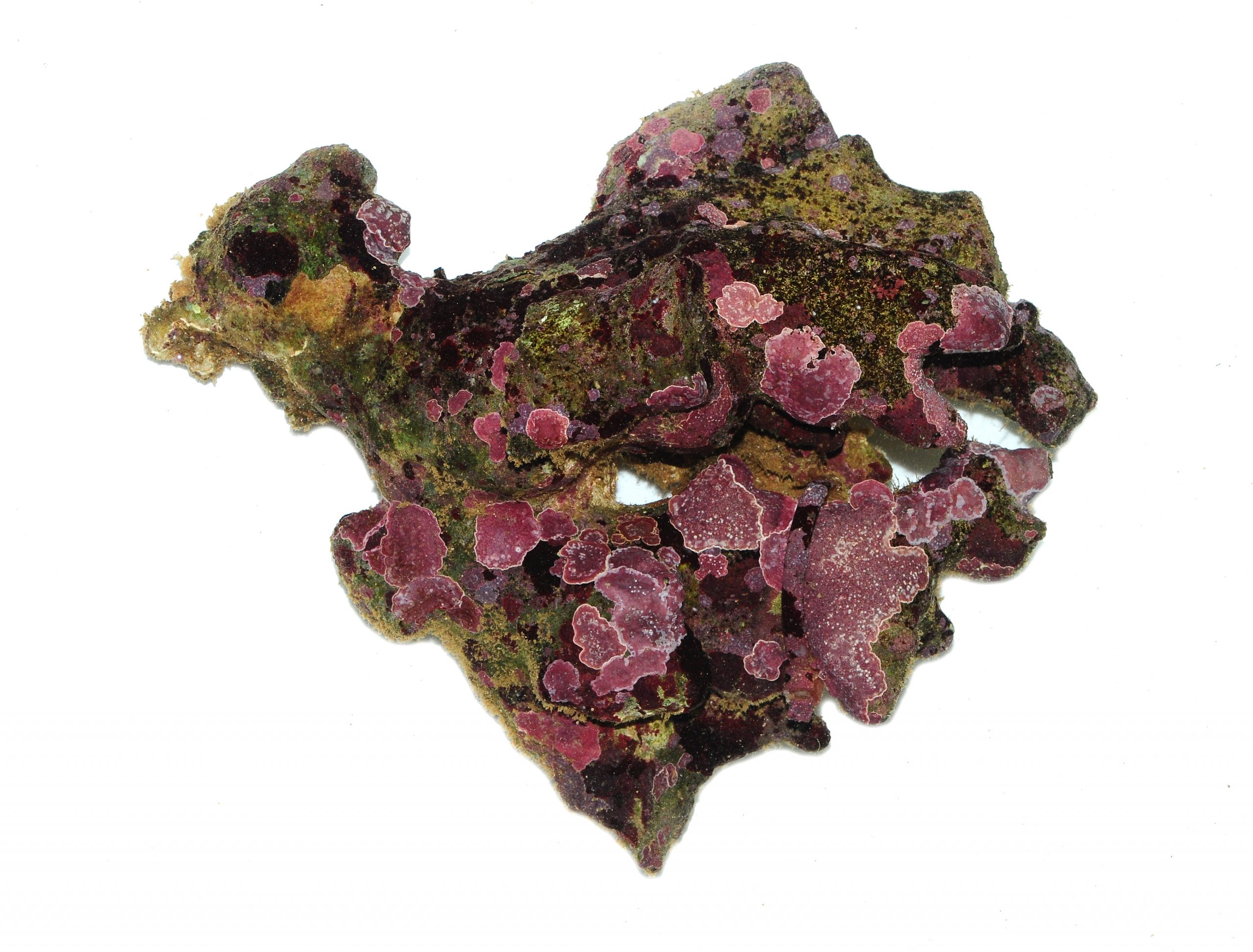What Eats Coralline Algae
Are you having trouble with coralline algae growth in your aquarium? This beautiful pink and purple algae can add a gorgeous touch to your tank, but it can also be frustrating to deal with when it starts to spread too rapidly. Adding to this frustration is the realization that some marine creatures are known to eat coralline algae. In this article, we'll explore what eats coralline algae and how to manage its growth in your aquarium.
Pain Points of Coralline Algae Growth
Coralline algae is sought-after by many aquarium enthusiasts for its bright colors and ability to enhance the aesthetics of a tank. However, excessive growth can become a major annoyance, as it can take over rocks, aquarium walls, and other surfaces. Additionally, some marine creatures may consume coralline algae, leading to its reduced growth and potential disappearance. This can be a frustrating experience for aquarists who want to maintain a healthy and colorful tank.
What Eats Coralline Algae?
Many marine creatures feed on coralline algae, including some species of fish, snails, crabs, and sea urchins. The most popular marine animals that eat coralline algae include:
- Denison barbs
- Tangs
- Chitons
- Trochus snails
- Nassarius snails
- Emerald crabs
- Sea urchins
It's important to note that while some creatures consume coralline algae, they won't necessarily eliminate it entirely from the tank. Moreover, allowing these creatures to thrive in the aquarium can create a balance that's important for healthy ecosystem function. If coralline algae is spreading too quickly, though, some of these creatures can be considered as potential solutions to manage its growth more effectively.
Personal Experience with Tangs and Chitons
When I first noticed coralline algae taking over a large portion of my aquarium, I decided to add a couple of Tangs and Chitons to the tank. I was initially hesitant to add these creatures, but I found that they did a fantastic job of keeping the coralline algae at bay. The Tangs would graze on the rocks and aquarium walls, while the Chitons would work on the harder-to-reach spots. Within a few weeks, I noticed a significant reduction in coralline algae, and the entire aquarium looked much cleaner as a result.

Using Emerald Crabs to Control Coralline Algae Growth
Another effective method of controlling coralline algae growth is by adding Emerald Crabs to your aquarium. These small crustaceans work tirelessly on the rocks and aquarium walls, scraping off coralline algae as they go. Unlike some other creatures, Emerald Crabs won't harm fish or invertebrates in the tank, making them a safe and effective solution for managing coralline algae growth.

Controlling Coralline Algae Growth
If you're dealing with excessive coralline algae growth in your aquarium, there are several steps you can take to control it:
- Limit lighting: Reduce the amount of light exposure your tank receives to slow down the rate of coralline algae growth.
- Control nutrient levels: Keep nitrate and phosphate levels low to help prevent the growth and spread of coralline algae.
- Practice proper aquarium maintenance: Perform regular water changes and clean surfaces in the tank to remove excess nutrient buildup.
Final Thoughts
While coralline algae is a beautiful addition to your tank, its rapid growth can become a nuisance if you don't manage it effectively. Several marine creatures, including Emerald Crabs, chitons, sea urchins, and others, can help to keep coralline algae under control. By taking the necessary steps to control its growth and utilizing these creatures, you'll be able to enjoy the beauty of coralline algae without the frustration of excessive growth.
Question and Answer
Q: Is Coralline Algae Harmful to My Aquarium?
A: No, coralline algae is not harmful to aquariums. In fact, it performs several beneficial functions in the tank, such as improving water quality and creating a natural habitat for marine organisms.
Q: Will My Marine Creatures Completely Eliminate Coralline Algae?
A: While some marine creatures may consume coralline algae, they won't eliminate it entirely from the tank. Moreover, the presence of these creatures is essential for maintaining a healthy ecosystem in your aquarium.
Q: How Can I Control Coralline Algae Growth?
A: You can control coralline algae growth by reducing lighting exposure, managing nutrient levels effectively, and performing regular aquarium maintenance.
Q: What Should I Do If Coralline Algae Growth Becomes Excessive?
A: If coralline algae growth becomes excessive, consider adding marine creatures like Emerald Crabs, chitons, sea urchins, Tangs, and others to help control its growth in your aquarium.
Conclusion
In conclusion, coralline algae is a beautiful addition to any aquarium, but its growth can become a significant issue if not managed correctly. By utilizing the right creatures and following specific steps to control its growth, you'll be able to enjoy the many benefits of coralline algae while avoiding the frustration of excessive growth.
Gallery
What Are Coralline Algae? | Aquarium Education | AlgaeBarn

Photo Credit by: bing.com / coralline algae reef reveal erosion scans speeds acidification cat another way water newsletter
Everything About Coralline Algae - Shrimp And Snail Breeder

Photo Credit by: bing.com / algae coralline purple everything reef rocks
Coralline Algae: What Is It And Why Is It Important In Reef Tanks?

Photo Credit by: bing.com / coralline algae reef reefs orde
What Are Coralline Algae? | Aquarium Education | AlgaeBarn

Photo Credit by: bing.com / algae coralline
What Does Coralline Algae Eat - LOHAWEN

Photo Credit by: bing.com / coralline algae eat coral limestone